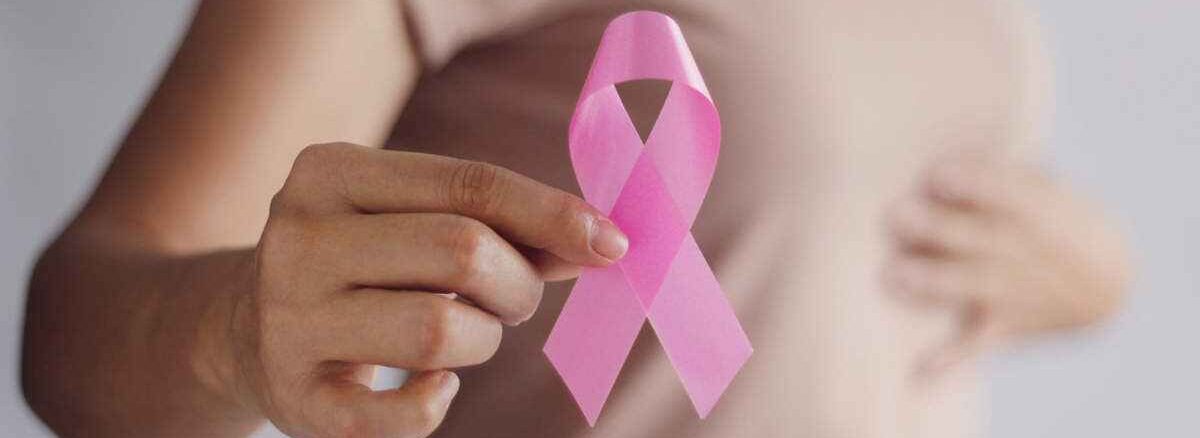INTRODUCTION
The breasts are two protrusions on the chest of both males and females. In the female, it secretes milk for the nourishment of the newborn. The female breast grows during puberty under the influence of estrogen and growth hormones.
Breast cancer develops in the breast tissue of women. It is the commonest cancer among women worldwide with over 2 million new cases every year and a yearly death rate of over 600, 000 women. This accounts for about 25% of cancers in women. Although breast cancer affects mainly women, about 1% of cases are seen in men.
Breast cancer occurs more in women 40 years and above; however, there is a rising incidence in younger women. 1 in 8 women will develop breast cancer in their lifetime.
In Nigeria, about 27, 000 women develop breast cancer yearly with over 14, 000 deaths.
SYMPTOMS
Breast Lump: this could be in the breast or the axillary lymph node [armpit]. It is usually the earliest sign for women who examine their breasts regularly or who go for regular clinical breast examination or a mammogram.
Other symptoms include:
Nipple discharge, which could be bloody
- Change in the contour of one or both breasts
- Skin dimpling
- Rash around the nipple area
- Breast pain
CAUSES
There is no known cause of breast cancer. However, some factors are known to increase their risk in women.
Family history: This contributes to about 10-15% of cases of breast cancers. Women whose mothers or sisters were diagnosed with breast cancer have an increased risk of developing the disease in the future.
Smoking: Cigarette smoke contains carcinogens that affect the breast. If you started smoking early and smoke many sticks of cigarettes daily, it increases your risk.
Sedentary lifestyle: An inactive lifestyle is linked to breast cancer possibly because of its link with obesity. This may contribute to 25% of breast cancer cases. Sitting regularly is associated with a higher death rate.
Alcohol: This is another risk factor for breast cancer. The greater the number of drinks consumed the higher the risk of developing the disease. Alcohol could impair the ability of the liver to clear substances that cause cancer.
Hormonal contraceptive: There is a link between it and breast cancer. This may be related to the number of years of use.
PREVENTION
Breast cancer risk can be reduced by the following:
Regular breast examinations are among the best ways to reduce the risk of breast cancers. Different ways of examining the breast include:
- Self-breast examination
This is a screening method used in an attempt to detect breast lumps or any abnormal findings on the breast. It should commence from the age of 18 – 20. It is best done just after the menses. For women who no longer menstruate, you can choose a particular day of the month and perform the examination regularly.
- Clinical Breast Examination
This involves medical personnel examining your breasts.
- Mammogram
This uses X-rays to screen the breast for any masses. The breast is usually squeezed between the machines while the radiographer takes images of the breast for interpretation by the radiologist. Women are counselled to perform mammograms every 2 to 3 years from age 40 to 70 years.
Other ways to reduce your risk of breast cancer include:
- Ensuring you maintain a healthy weight and live an active life
- Breastfeeding babies has been known to reduce its incidence
- Breast removal surgery for those at high risk
DIAGNOSIS
If a woman is suspected to have breast cancer, the health care provider may want to carry out the following tests to make a diagnosis.
- Breast examination may pick up a lump.
- II. A mammogram/breast ultrasound will be useful in increasing the suspicion of the doctor.
III. Fine needle aspiration cytology [FNAC] which involves inserting a needle into the suspicious site and collecting fluid for examination under the microscope may be carried out.
- IV. Incisional biopsy which involves taking a portion of the breast mass out through surgery for histology may be done.
- V. Excisional biopsy which involves removing the whole breast mass for examination in the laboratory may be performed depending on the preference of the doctor.
TREATMENT
Surgery: Surgery is done to reduce the bulk of cancer by removal of the breast and surrounding structure to which there is a possible spread.
A lumpectomy could be done to remove just the lump or a mastectomy to remove the whole breast.
This is the primary way of treating most breast cancers.
Chemotherapy: This involves drugs used in addition to surgery to reduce the risk of recurrence of cancer or slow its progress. Drugs used include cyclophosphamide, doxorubicin, methotrexate, and fluorouracil. These drugs are used as a combination regimen. Other drugs used include hormone-blocking drugs using Tamoxifen or Letrozole.
Monoclonal antibodies such as Trastuzumab are used for HER2 Positive cancers to improve survival.
Radiotherapy: This uses ionizing radiation to kill cancer cells on the breast and reduce the risk of recurrence. It could kill microscopic cancer cells that were not found during surgery. It is usually given after surgery.
WHEN TO SEE A DOCTOR
- If you have never had a breast examination and your above 21 years, you can book an appointment with your doctor to discuss your risk and request a breast examination.
- If you have any of the above symptoms see your doctor urgently.
- If you have a mother or sister who has breast cancer or died from it you should book an appointment with your doctor.
- If you are above 40 years and not done a mammogram yet you should make an appointment with your doctor.

